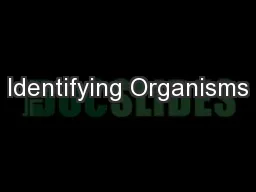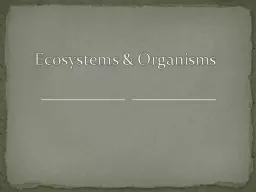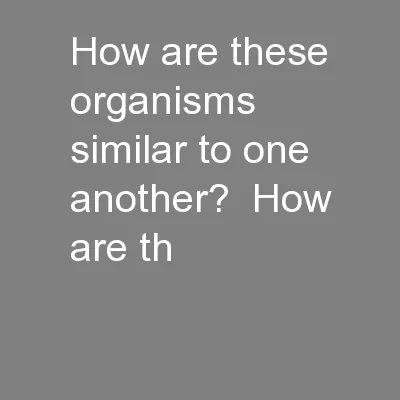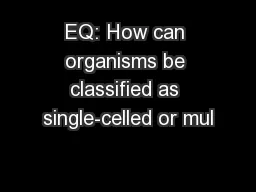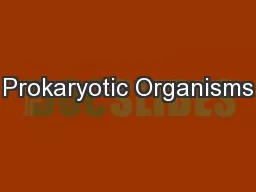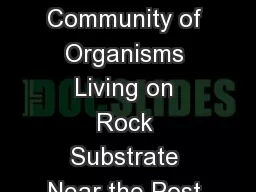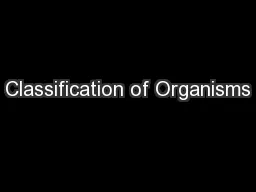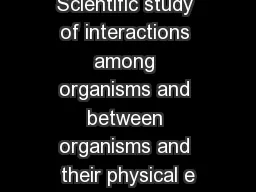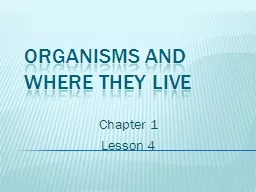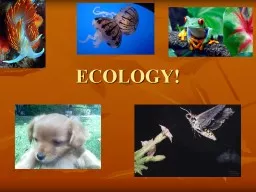PPT-Identifying Organisms
Author : test | Published Date : 2016-03-21
Dichotomous Key What A dichotomous key is a series of questions each with only two answers Who Scientists Where All over the World When If you need to identify
Presentation Embed Code
Download Presentation
Download Presentation The PPT/PDF document "Identifying Organisms" is the property of its rightful owner. Permission is granted to download and print the materials on this website for personal, non-commercial use only, and to display it on your personal computer provided you do not modify the materials and that you retain all copyright notices contained in the materials. By downloading content from our website, you accept the terms of this agreement.
Identifying Organisms: Transcript
Download Rules Of Document
"Identifying Organisms"The content belongs to its owner. You may download and print it for personal use, without modification, and keep all copyright notices. By downloading, you agree to these terms.
Related Documents

